54km Bazalgette’s Outflows
Detail on the Bazalgette memorial
Ride Overview
Arguably, Sir Joseph Bazalgette was London’s greatest engineer, who did more than any other person to make London clean and habitable. He designed three bridges including the world’s longest suspension bridge for the time, and brought many new railways lines into the capital. This route is one of London’s best traffic-free cycle rides and passes over and beside some of Bazalgette’s greatest works; the world’s largest pumping stations at Abbey Mills, the Greenway, his northern outflow, the Ridgeway, his southern outflow and Crossness, London’s most glorious Victorian temple. The cycle-paths are flower-lined and traffic-free. The route takes you from Westminster out to the Crossness on the far reaches of the Thames estuary, via Stratford and the QE Olympic Park. For sheer variety and spectacle, this ride is hard to beat.
Route reviewed February 2023
Part of the ‘Guided Rides Series’ 2024
Read the background to the ride, The main who chained a river





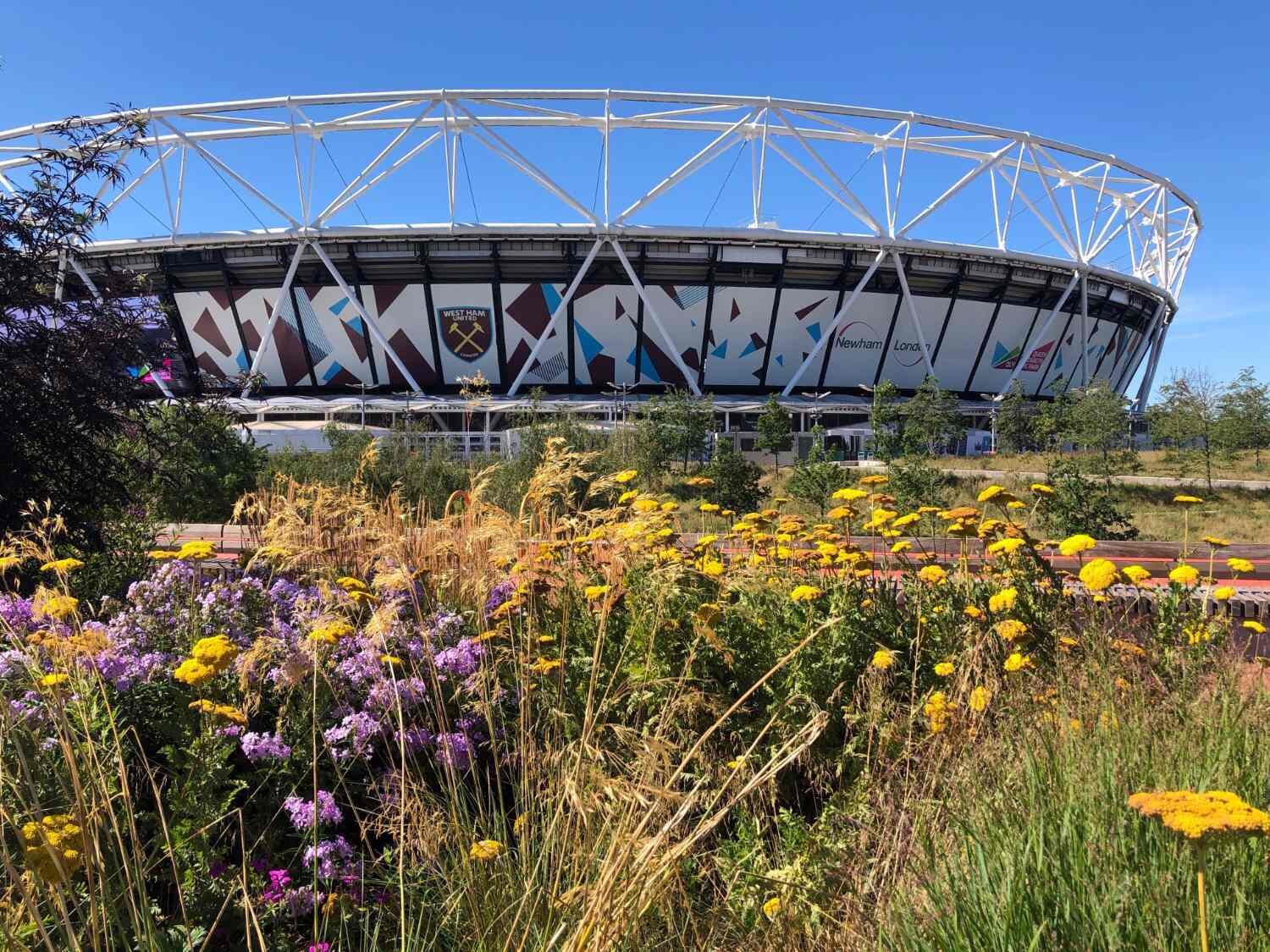

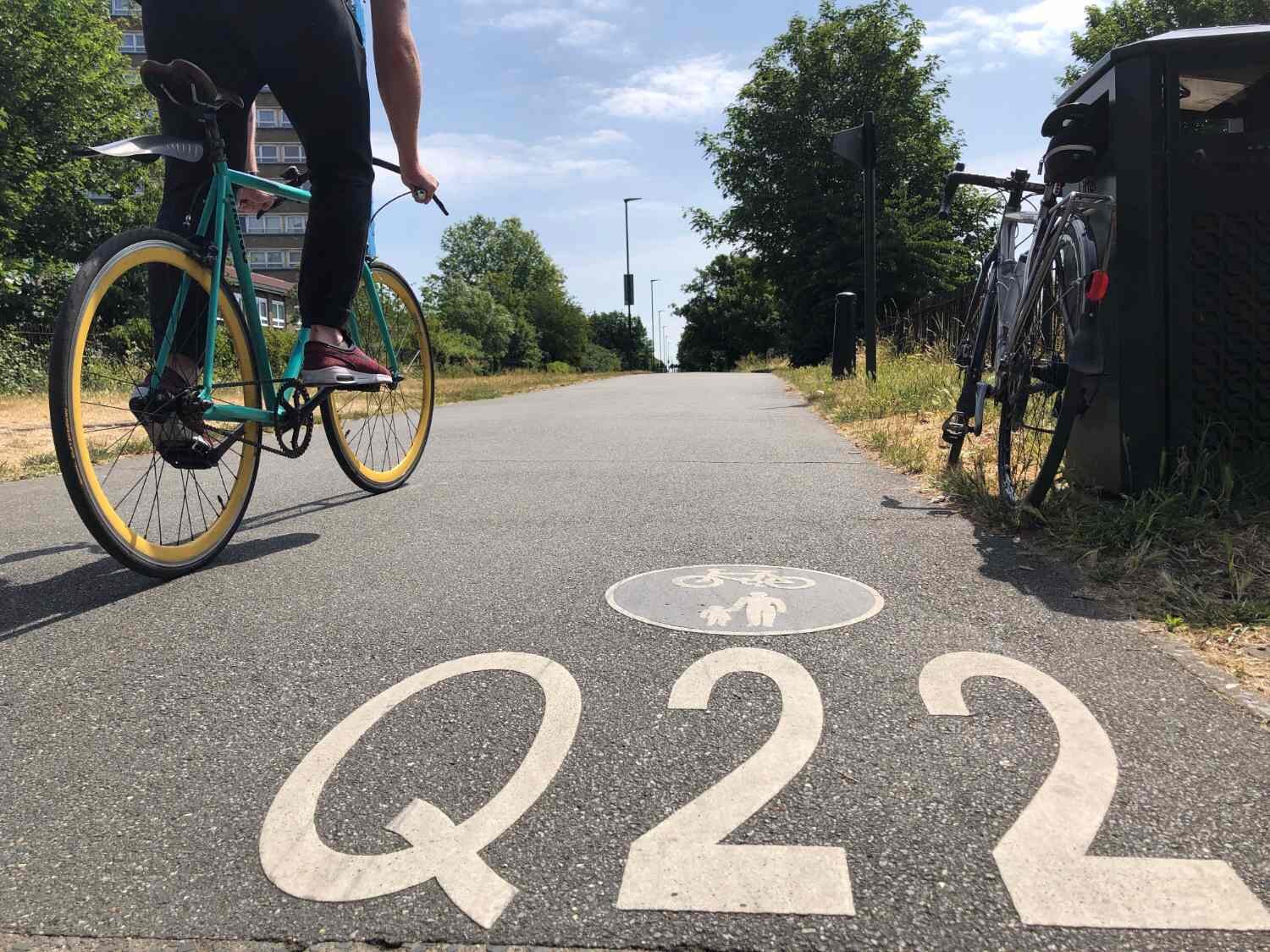
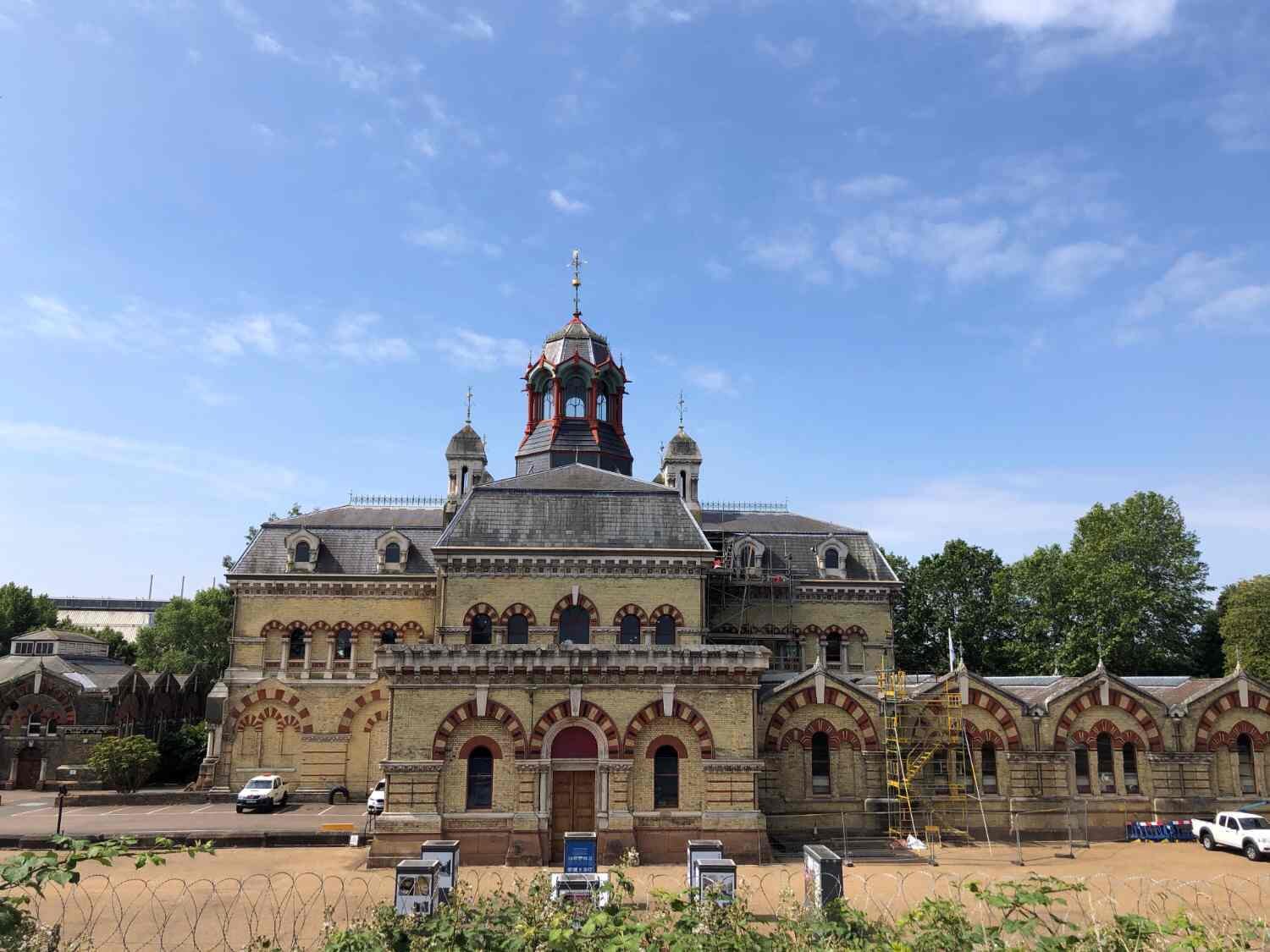



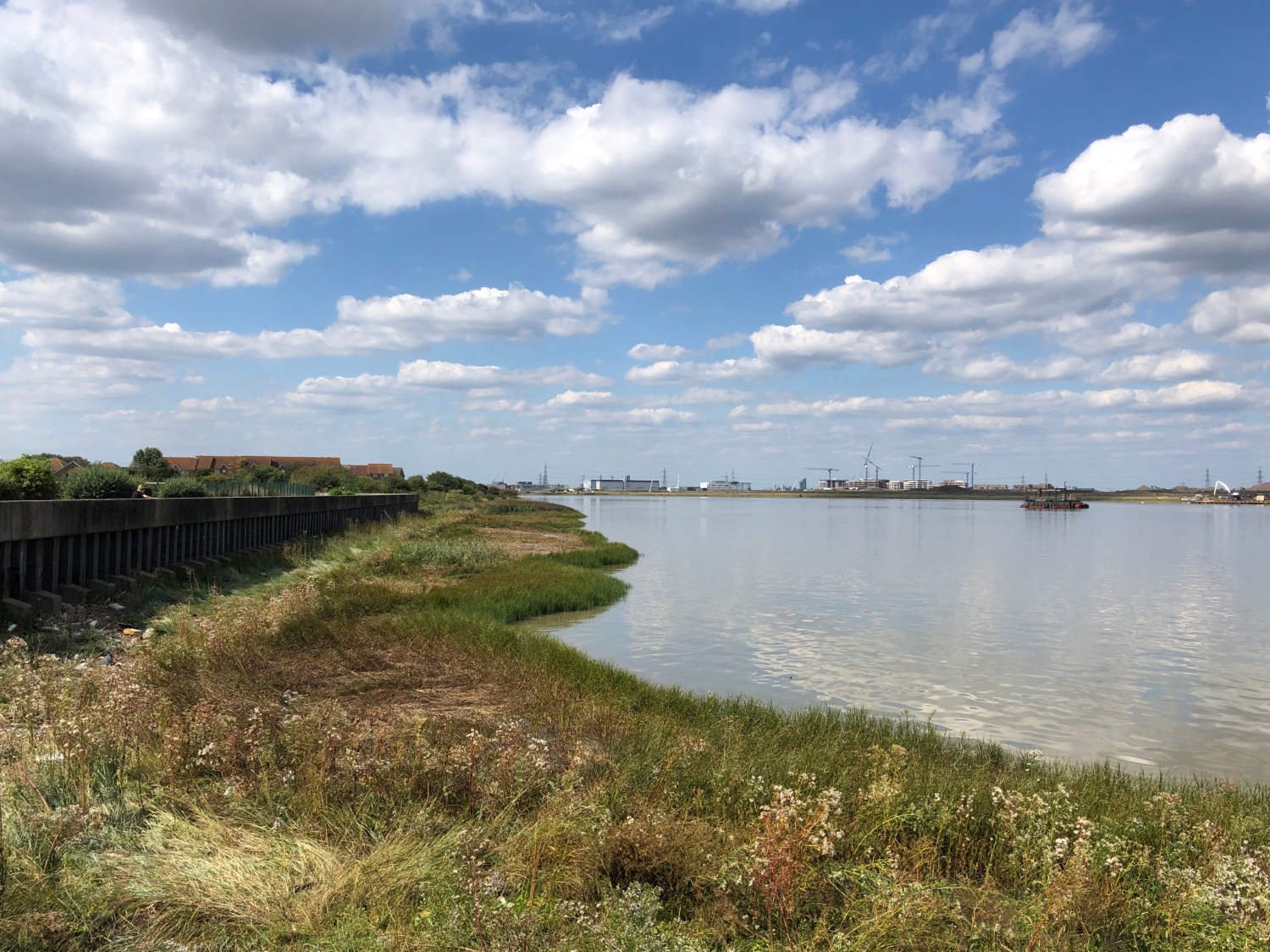


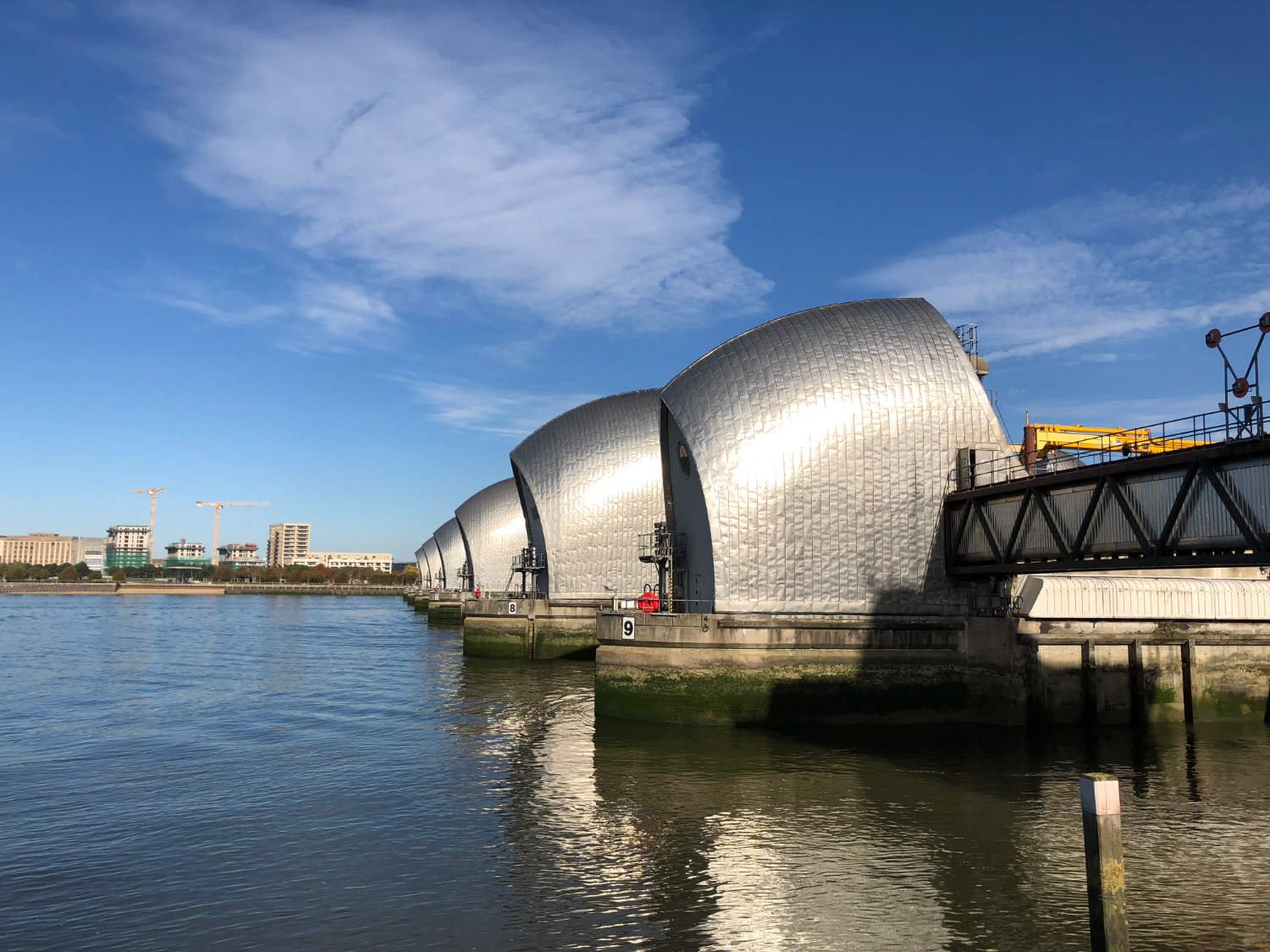
Ride practicalities
START/FINISH: At the foot the Elizabeth Tower, Westminster DISTANCE: 58km. TOTAL ASCENT: 322m TERRAIN AND SURFACES: Segregated cycleways and quiet back streets, traffic-free cycle paths MAINLINE TRAIN SERVICES: Waterloo/Charing Cross, Woolwich - also DLR, Elizabeth Line, Uber Thames Clipper and District Line at Westminster LINKS TO OTHER RIDES: The glorious East End, On the fringes of the Thames, Parks and Dinosaurs, Three Rivers, NCN 1 Greenwich to Ipswich, NCN1 Dover to Greenwich RECOMMENDED FOOD AND DRINK; Victoria Park; Pavillion Cafe, The People’s Pub, Woolwich; MayaDD’s (super and cheap little Nepalese restaurant), Soho; John Snow pub
Website - and booking - for Crossness Pumping Station
Ride Notes
In Westminster as you stand beneath the clock tower of Big Ben, you need to imagine the very worst of effluent smells. You need to imagine it to be so bad that you are unable to speak, nor indeed do anything other than get as far away from the stench as you possibly can.
For most of the 19th century, London was a particularly smelly place and riddled with epidemics, in particular cholera. Yet the authorities refused to do anything about it, due to the lobbying of various vested interests and the money required to solve the problem. Until that is, August 1858.
The stench was especially bad around the river, as all of London’s waste was chucked into it. Since the river was both wider and slower than it is today, the sludge accumulated on the foreshore and when warm, it gave off the most horrendous smell. However, in August 1858, the stink was so bad, that the Parliamentarians were unable to think or speak, and so were finally moved to set up the Metropolitan Board of Works and provide it with the necessary funds to implement a solution. Joseph Bazalgette was commissioned with the engineering task.
As you set off down the Victoria Embankment with glorious views across to the South Bank and onwards to St. Paul’s you would not know that way beneath your tyres, is a great tunnel transporting effluent from west and central London eastwards to Beckton. Just before the Hungerford Bridge is the memorial to the man who cleaned up London. Above the bust is written, ‘Flumini vincula posvit’; He put the river in chains.
At Blackfriars, the route heads north-east, through Smithfield and past St. Batholomew’s Church, the finest Norman church in the City. From thence into Hackney. From the spaciousness of Westminster, you find yourself in characterful streets, often displaying clever wall-art as well as having many small, independent shops. The route makes full use of the cycle network so there is little traffic.
Bazalgette’s system of outflows. (soure Wikicommons)
Until Bazalgette cleaned up London, areas such as Hackney had pits which served as the neighbourhood toilets. These were emptied by ‘nightsoilmen’. Due to the foul nature of their work, they were controlled by licence to only operate in the dark hours of the night. They drove their carts back down to the river and emptied them there. As you can imagine, the foul water from these pits seeped into the wells - which were often sited near to the pits - from where the residents pumped their ‘fresh’ water. Cholera and other water-bourne diseases were rife. In 1832-33, some estimate that over 7,000 people died of cholera in London.
The ride through the Victoria Park, the Olympic Park and onto the Greenway is one mighty visual treat of green swards, avenues of trees, great gardens, as well as vibrant and eclectic architecture.
On arriving at the Greenway, you travel south on the second of Bazalgette’s major ‘outflows’. This brought - and still does - the sewage from North London to join that of the centre and west at Beckton. You pass Abbey Mills, a pumping house whose purpose was to keep the flow moving towards Beckton. It was built not as some industrially anonymous plant, but something akin to a Byzantine Temple. The Victorians were proud of their good works and wished to celebrate their ingenuity.
The Lea Navigation Canal, Stratford
The riding is superb - traffic-free, on a path lined with flowers. Bird song melodies the air and the views towards the City are marvellous. Entry to the effluent’s destination at Beckton - the largest sewage works in Europe - is forbidden, so continue onwards along well-signed cycle paths to the Royal Albert Dock, another monument to a great epoch in Britain’s history.
In North Woolwich you take the ferry across the river. You could walk through the foot tunnel but there is no operating lift at the North End and hauling a bike down many stairs is no fun. The ferry provides a pause in the riding and is an enjoyable journey in itself.
Through Woolwich and Plumstead you pedal onto the Ridgeway, the third and last of the great ‘outflows’. Again, you ride on a raised embankment surrounded by scrub woodlands and towards the end, marsh lands.
To visit Crossness Pumping Station, it’s imperative that you book ahead, as it is run by a volunteer group and open days are variable. It is well worth doing so, as Bazlagette’s southern pumping station is one of the wonders of Victorian engineering. Inside the wrought iron is meticulously painted and the enormity of the wheels and pumps has to be seen to be believed.
From Crossness, you ride along a brilliantly smooth and wide cycle path beside the Thames under huge skies. Mighty ships and noisy industry ply the river and occupy the opposite bank. Nowadays, the river is one of the cleanest of all the world’s urban rivers and you may see some of the 4,000 plus seals bobbing about.
Crossness Pumping Station
Thanks to Bazalgette, Central London was certainly cleaner, but this part of the river was biologically dead. Once his system was in place, tens of thousands of cubic metres of raw sewage were pumped daily into the river, from the Beckton and Crossness works. Across the river over at Barking was the home to the largest fishing fleet in Europe. It went out of business almost immediately, thanks to Bazalgette’s new system. Worse was to follow.
On 3 September 1878, the Princess Alice, a pleasure steamer, was returning to London with a full complement of passengers. At Tripcock Point (the second of the red ‘lighthouses’ that you pass), she struck the Bywell Castle, a collier on its way to collect a shipment of coal from Newcastle. The Princess Alice sank rapidly and 700 people died, not from drowning, but from asphyxiation. An hour before the collision, 75,000 gallons of raw sewage had just been pumped into the river, leaving a layer of noxious gases just above the water level.
It remains London’s worst shipping disaster. As a result, measures were taken later to only pump cleaned water into the river and the solid manure was taken to the North Sea in boats, a practice that continued until two decades ago.
Tripcock Ness, scene of the Princess Alice disaster
Arriving back in Woolwich, there is a choice. Have lunch at one of the excellent Nepalese restaurants in town, ride back through the Isle of Dogs, or take a train/boat back to Westminster.
Once back in Westminster, consider, heading up to Soho, to finish the ride at the John Snow pub. A contemporary of Bazalgette, Snow proved that there was a link between the polluted drinking water of London and cholera. As a result further of his work, government led measures were taken to improve the quality of London’s drinking water. A pint of something uncontaminated within the Victorian wood-panelled walls, toasting these two giants of the Victorian era is about an apt a tribute as well as a celebration of a great ride.
Every route on this website has been carefully researched as well as ridden. However situations on the ground can change quickly. If you know of changes to this route, or cafes, pubs and the like which you think other cyclists need to know about, feel free to share your thoughts below.
If you enjoyed this guide, why not subscribe to the website so as not to miss other inspirational routes?
wheremywheelsgo.uk is a Feedspot UK Cycling top website





